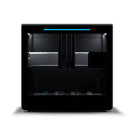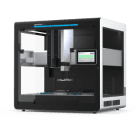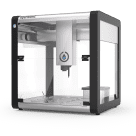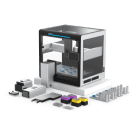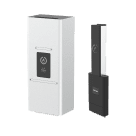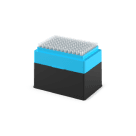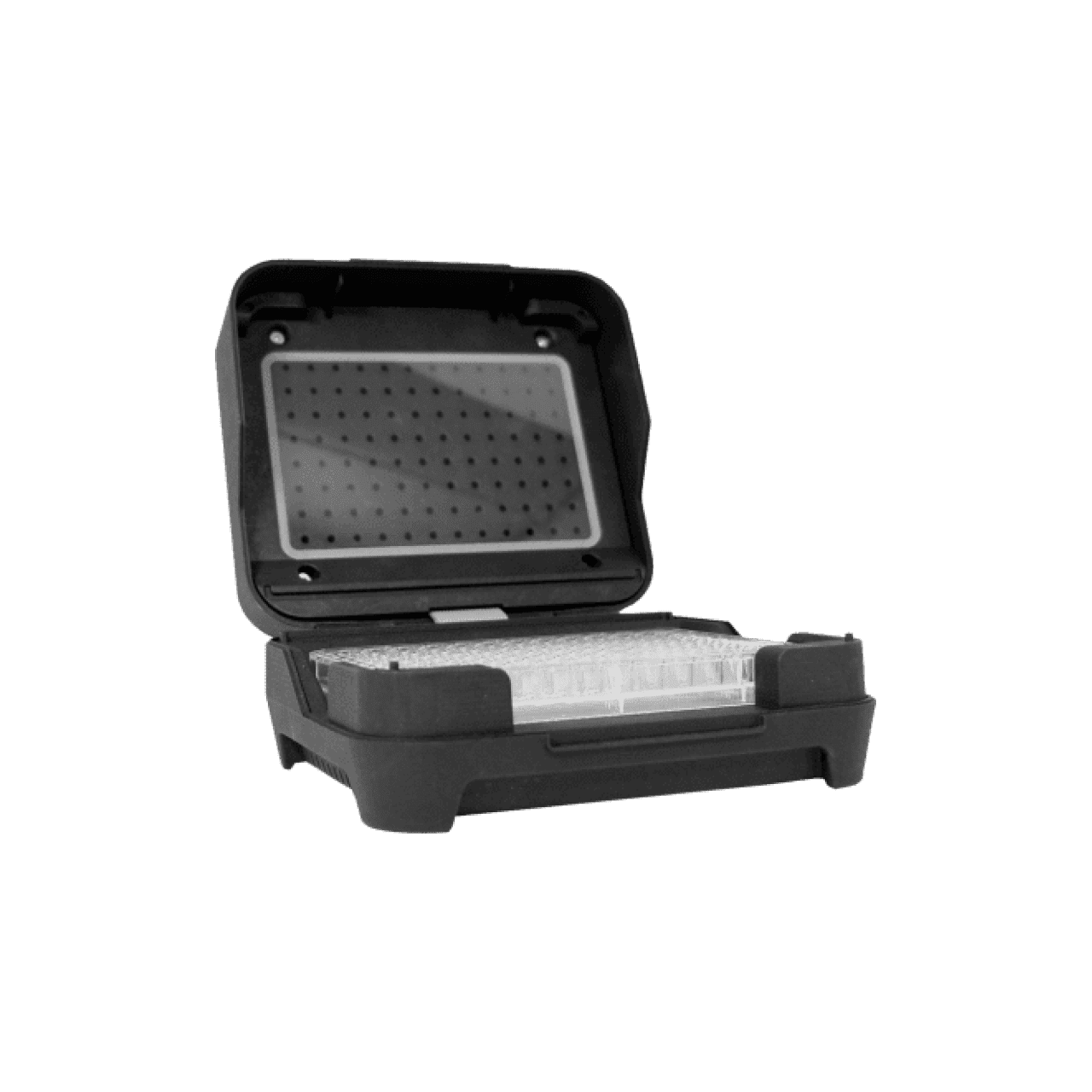Advanced Control¶
The Python Protocol API is primarily designed for creating protocol files that operate your robot and attached hardware and instruments with commands like transfer_with_liquid_class(). Advanced control features covered in this section let you control the robot outside of the app or operate individual robot components, like the gantry arm:

